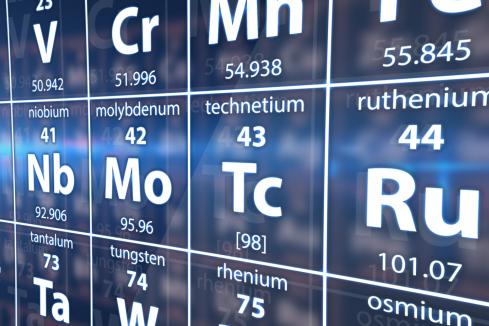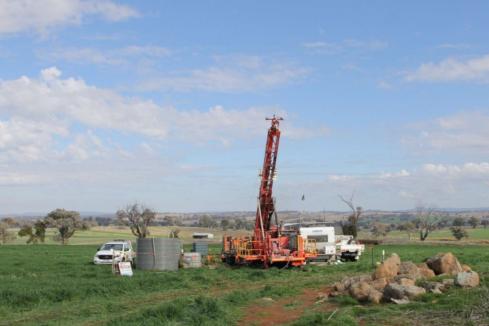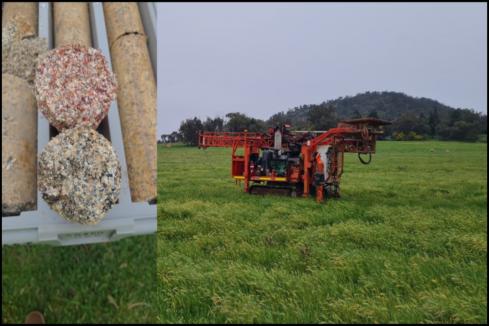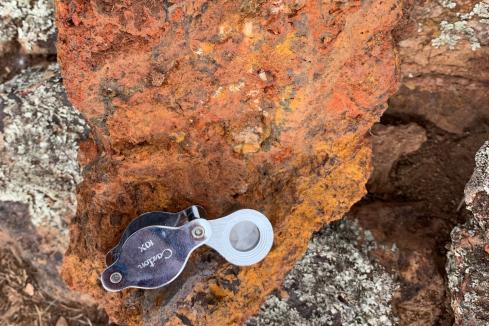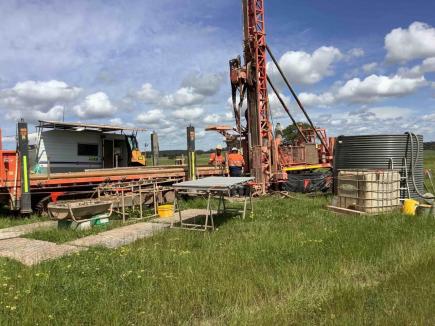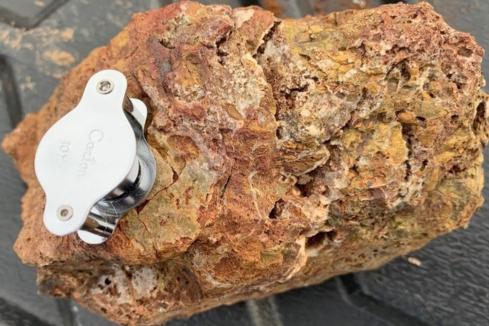Godolphin Resources has set a maiden JORC 2012-compliant mineral resource at its Narraburra rare earth project in NSW, with a massive 126 per cent increase in resource grade compared to its previous JORC 2004 estimate. The updated estimate sits at 94.4 million tonnes at 739 parts per million total rare earth oxides, with 50 per cent of the resource now defined in the indicated category.

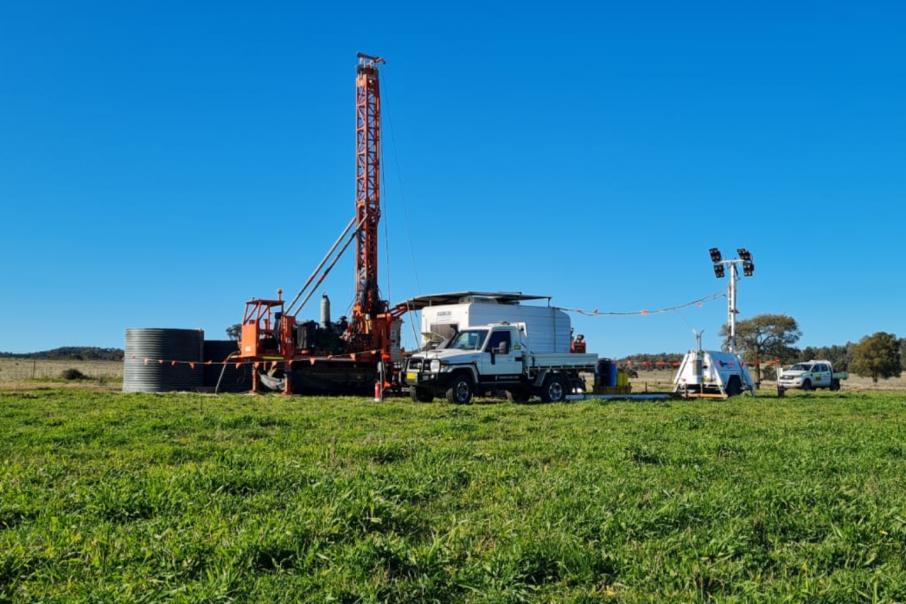
Godolphin Resources has set a maiden JORC 2012-compliant mineral resource at its Narraburra rare earth project in NSW, with a massive 126 per cent increase in resource grade compared to its previous JORC 2004 estimate.
The company’s updated estimate now sits at 94.4 million tonnes at 739 parts per million total rare earth oxides (TREO), with 50 per cent of the resource now defined in the indicated category.
The new resource also shows a 30 per cent increase in tonnage compared to the previous estimate and includes a high-grade core of 20 million tonnes at 1079ppm TREO using a 600ppm cut-off within the indicated category.
Godolphin says the higher-grade core provides focus for a scoping study to evaluate potential for mining and processing material greater than 1000ppm TREO. The company adds that the increase in grade and size highlights Narraburra’s potential and provides an opportunity to unlock value through ongoing exploration and project development.
Godolphin Resources managing director Jeneta Owens said: “Our focus remains to assess Narraburra’s potential as a mining project, with the REEs initially extracted by leaching, being the lowest cost method to extract Rare Earth Elements. We will also complete additional drilling to infill and define schedules for mining the 20Mt of higher grade mineralisation in the early years of the proposed operation, in order to maximise cash flow, and expand the resource footprint overall.”
Importantly, the company says a recovery rate of 92 per cent of the key magnet rare earths praseodymium, neodymium, terbium and dysprosium, puts the project in a good position ahead of larger-scale testing and a bulk sampling program.
The latest results were drawn from six diamond drill core samples across a range of rock types. Extraction of heavy rare earths was preferred over light rare earths, with individual rates of 94 per cent for neodymium, 90 per cent for praseodymium, 83 per cent for terbium and 80 per cent for dysprosium.
Godolphin says the aim of the testwork was to provide a better understanding of Narraburra’s rare earth elements and rare metals composition. It was carried out by the Australian Nuclear Science and Technology Organisation, which has more than 30 years of expertise and experience in critical minerals and rare earths extraction processing.
The latest JORC 2012 resource was delivered using assays from a maiden, 27-hole drill campaign. Eight drill holes delivered rare earths intercepts beyond the previous threshold, including 21m at 1163ppm TREO strike from 17m. Additional results outside of the previously identified mineralisation package include 8m grading 1854ppm TREO from 57m and 8m going 1742ppm TREO from a depth of 46m. Longer intervals include a 28.8m hit at 788ppm TREO from 4m, along with a 15m parcel running 777ppm from 23m. The results were joined by 1m intersection running an impressive 7956ppm TREO from 61m.
Better results from holes plunged within the known rare earths envelope include a 3m intercept going 3481ppm from 31m. Other notable strikes include 1m at 7956ppm TREO from 61m and 1m grading 4760ppm from 26m.
The NSW-based project previously held an inferred JORC 2004-compliant resource of 73.2 million tonnes at 1250 grams per tonne zirconium oxide, 327g/t rare earth oxides, 146g/t yttrium oxide, 126g/t niobium oxide and 118 g/t lithium oxide.
Narraburra has been earmarked as one of Australia’s biggest zirconium, rare earth elements and rare metals resources, while also being prospective for lithium. It received a boost in 2020 when it was given Critical Minerals Project status by the Australian Trade and Investment Commission.
Is your ASX-listed company doing something interesting? Contact: matt.birney@businessnews.com.au






